Discover 10 Portuguese places that inspired music
More than just a song, "Grândola, Vila Morena", by Zeca Afonso, is a symbol of April 25 Revolution. But several other Portuguese cities and towns have inspired music.
At 00:20 a.m. on 25 April 1974, "Grândola, Vila Morena", by Zeca Afonso, played on the radio and marked the beginning of the Carnation Revolution, which restored freedom to the country after 48 years of dictatorship. The song, which became eternal, had been composed years before, as a tribute to the small village and its people. There are places so special that they become the subject of novels, poems and even songs. All About Portugal tuned the ears and selected 10 Portuguese locations that inspired music, of various genres, of national and foreign artists. Adjust the volume of your headphones and come travel with us!
Grândola, Vila Morena
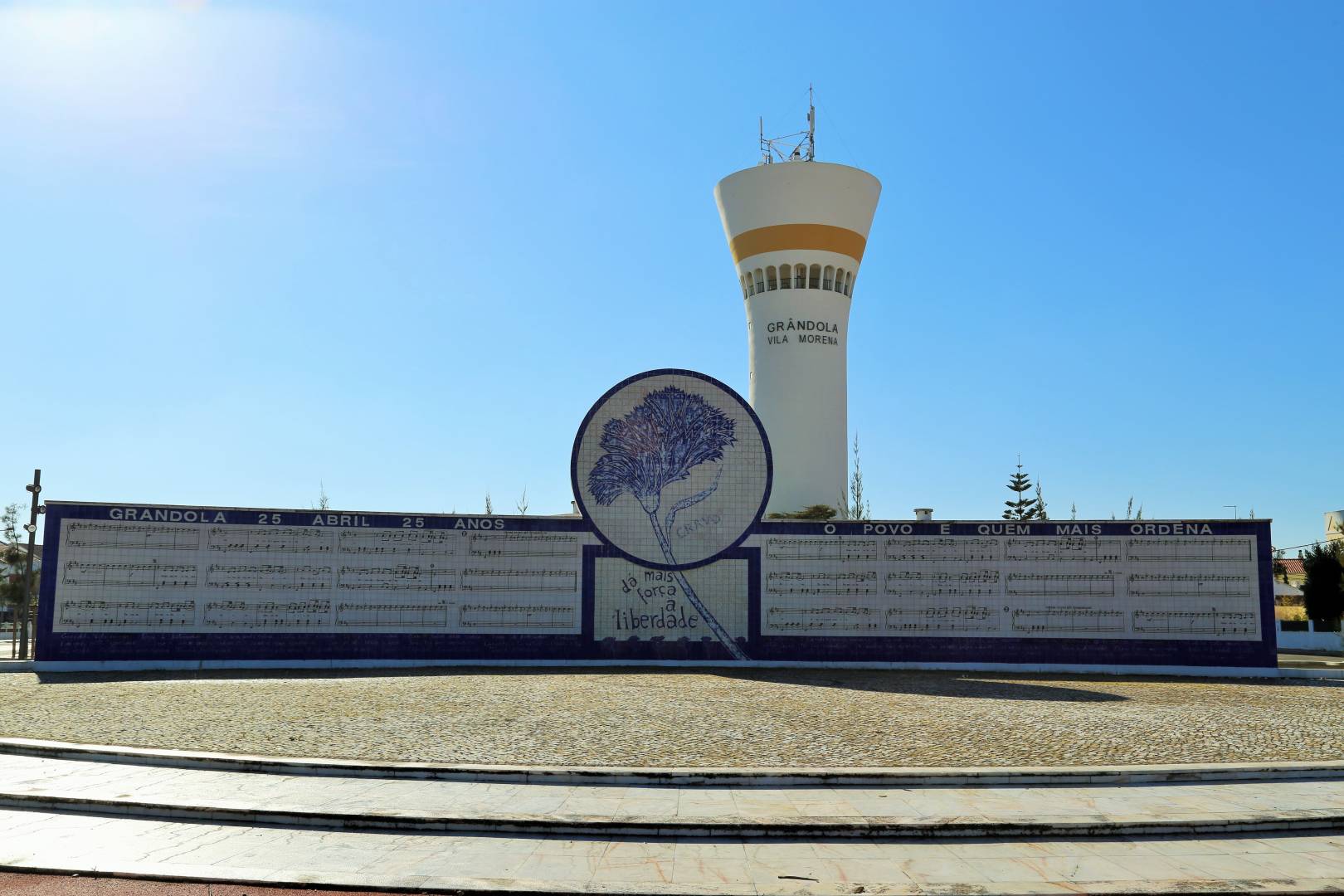
May 1964. Zeca Afonso wrote "Grândola, Vila Morena" after a performance in the inspiring village of Alentejo. He was far from imagining that, a decade later, the song would be chosen by the Movement of the Armed Forces as a password that announced the beginning of the military coup that ended 48 years of dictatorship. Included in the album "Cantigas do Maio", of 1971, it became the symbol of the Revolution and an anthem of Freedom. It has had dozens of versions and is still a source of pride for the "Land of Fraternity".
Lisboa, Menina e Moça

It is the most sung of the Portuguese cities. The fadista Amália Rodrigues celebrated it like nobody, in songs like "Lisboa não sejas francesa " or "Cheira a Lisboa". Madredeus and Dead Combo dedicated whole albums to the city, Sérgio Godinho bragged about its dawn, Carlos do Carmo calls her "Menina e Moça". The legend of the "chanson française" Charles Aznavour and the jazz singer Melody Gardot dedicated songs to it. The Walkmen, an American indie rock band, have a record simply called "Lisbon".
Coimbra, Uma Lição
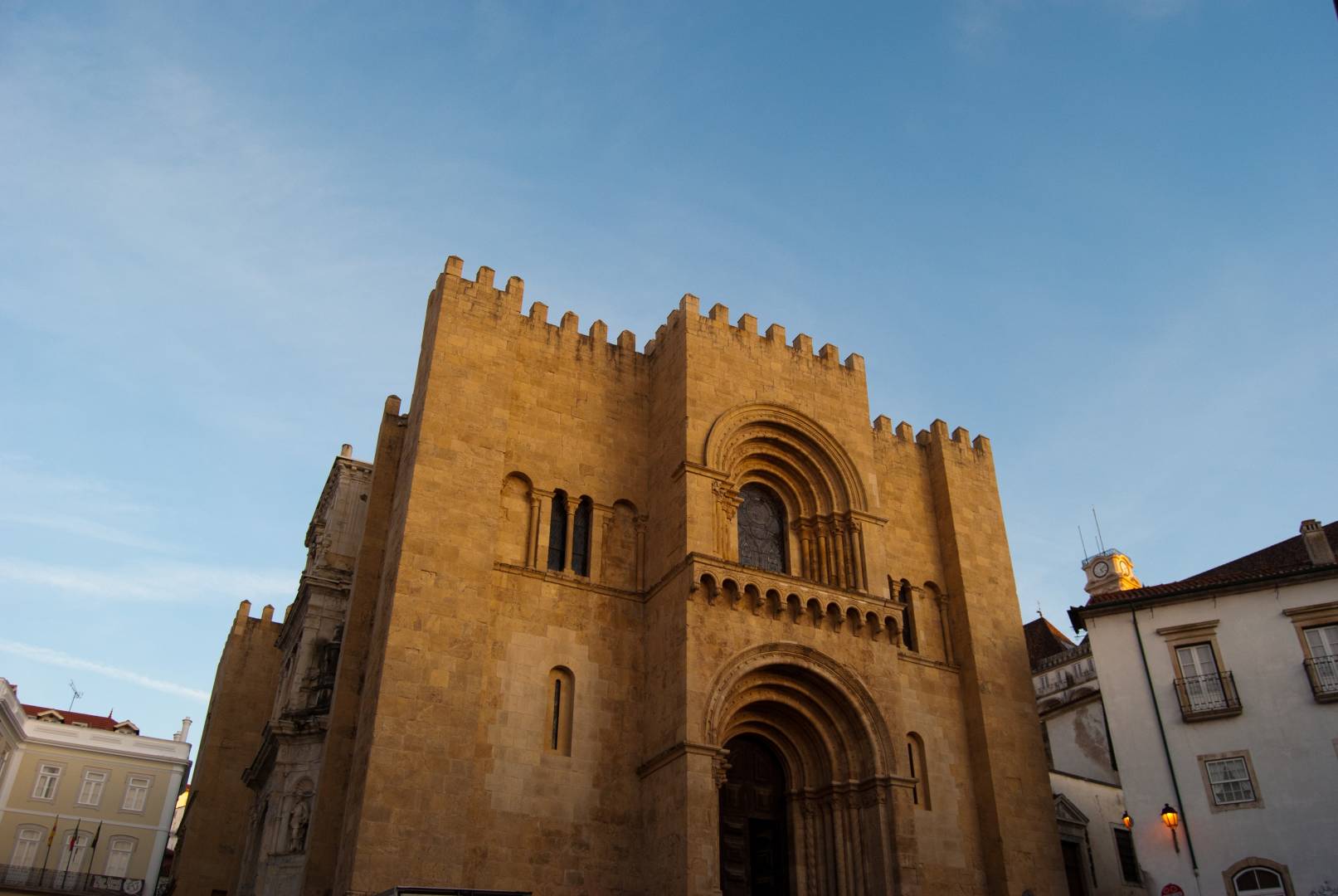
There is Fado ... and there is the Fado of Coimbra! Linked to the academic traditions, it is traditionally sung by men, with cloak and cassock, through the streets of the city. During the dictatorship of Salazar, it became a weapon of resistance by the voices and guitars of Zeca Afonso or Adriano Correia de Oliveira. "Coimbra é uma Lição", immortalized by Amália, is perhaps the most famous of the songs that honour the city. In English, it was named "April in Portugal" and it was sung, for example, by Louis Armstrong.
Porto Sentido

“Quem vem e atravessa o rio / Junto à Serra do Pilar / Vê um velho casario / Que se estende até ao mar”. With a poem by Carlos Tê and music by Rui Veloso, "Porto Sentido" is perhaps the song that best describes the city and the feel of its people. But several other artists, from Sérgio Godinho to Pedro Abrunhosa, sang Porto, with or without the Northern pronunciation. Accentuated accent has the hip hop of Conjunto Corona, that traces a funny and sharp picture of the suburban reality, from Gaia to Rio Tinto.
Bela Sintra

A place of magic and mystery, with castles and landscapes of fairy tales, Sintra is one of the most cited Portuguese locations in music. The group Delfins sing "A casa em Sintra", the group UHF tells us about “Sonhos na Estrada de Sintra”, the Pontos Negros imagined "Um conto de fadas de Sintra a Lisboa". In "Stay", the American Kevin Max recalls a love story that began in Sintra. Australian musician and DJ Flume was inspired by the charming village to compose the song that opens his first album.
Sagres, o Fim do Mundo
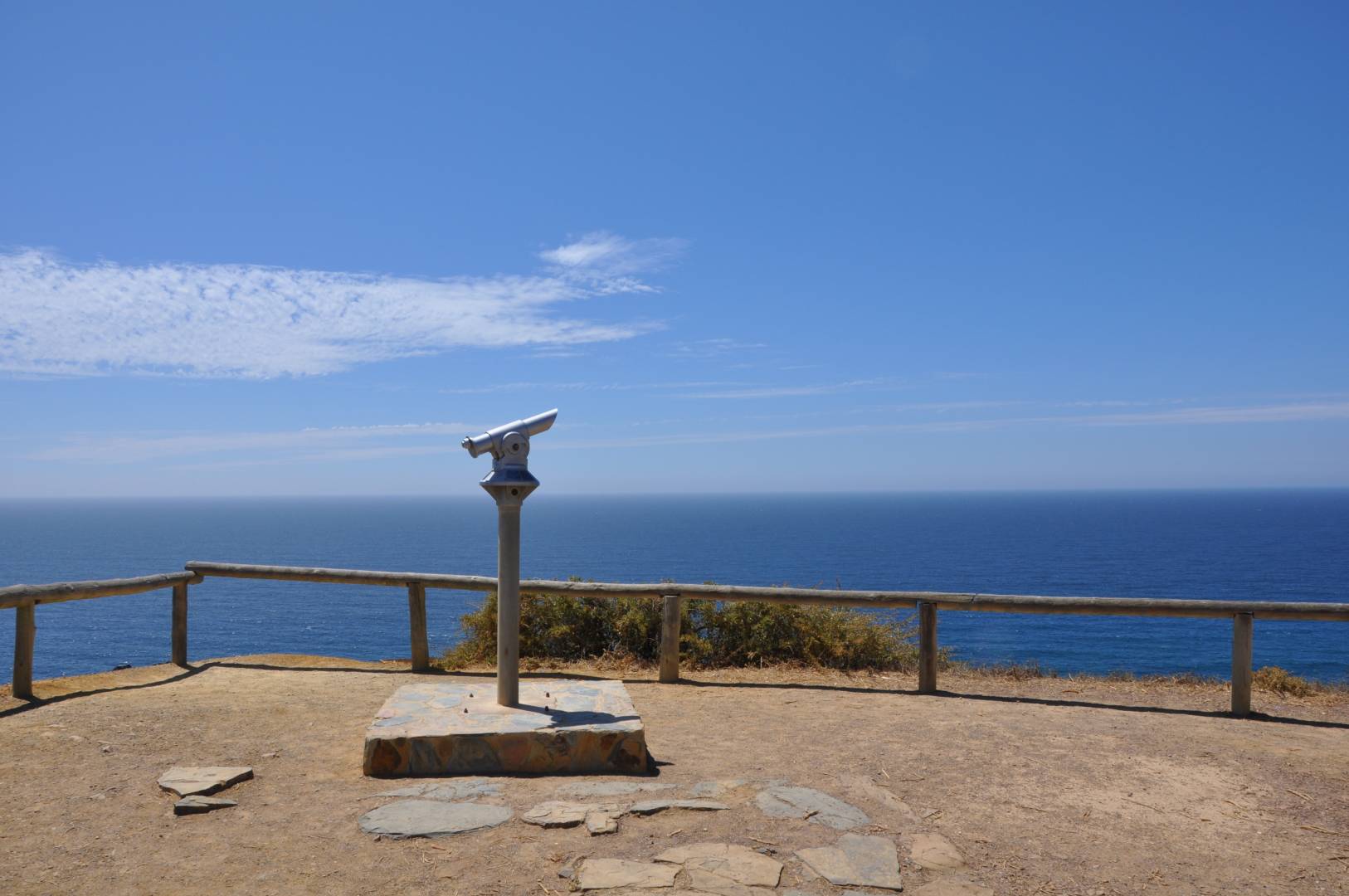
Until the fifteenth century, the promontory of Sagres was "the end of the known world". It was in this mythical place, where the force of Nature impresses, that the Trovante were born, one of the most important national bands. The singer Luis Represas dedicated, years later and now as a solo artist, a song to Sagres. The Swedish artist Kristian Matsson, known by his stage name "The Tallest Man On Earth", wandered about, in Portugal, during a troubled period of his life and called "Sagres" one of his most beautiful compositions.
No Lugar de Porto Covo
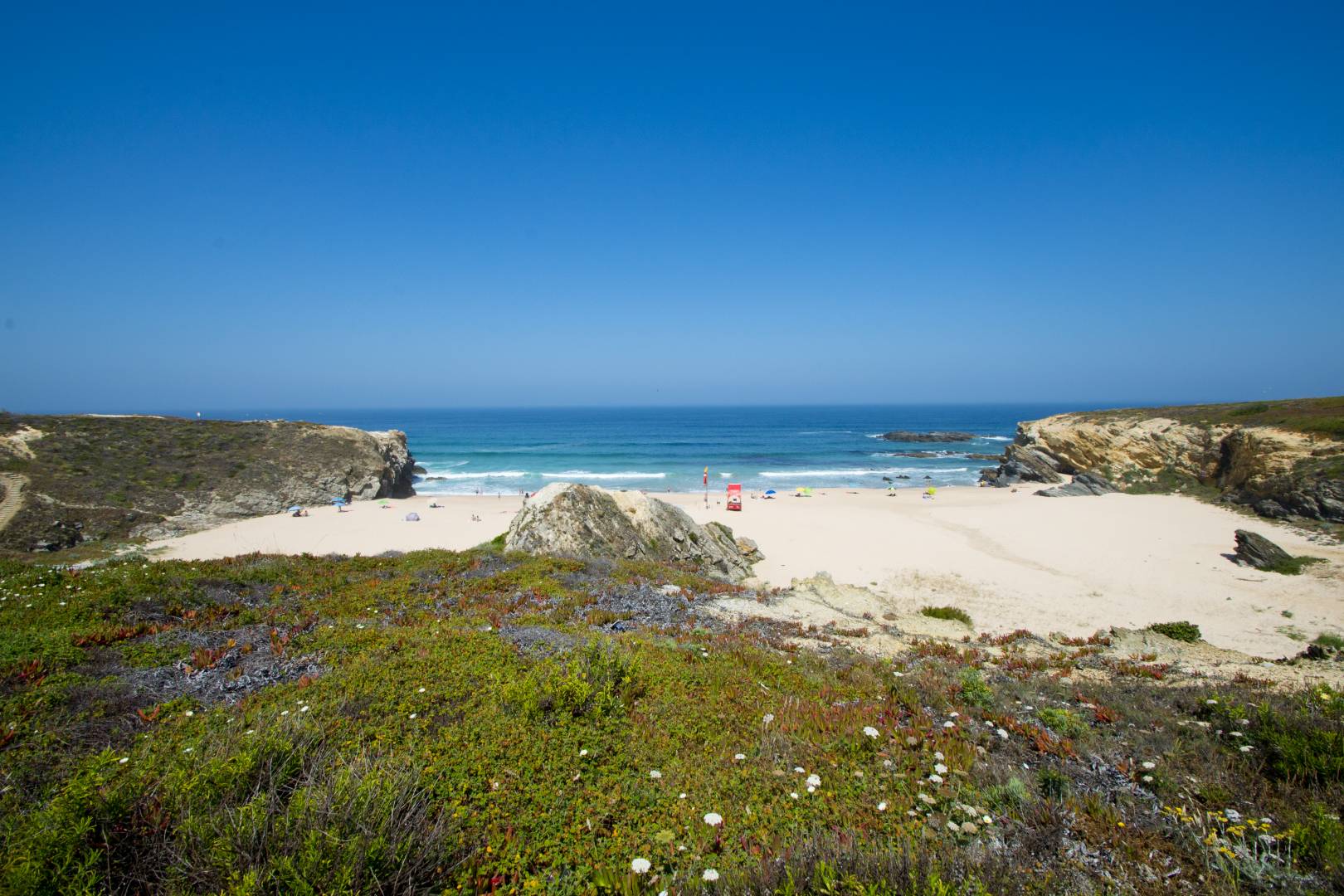
How many Portuguese, in the late 80s, chose Porto Covo in Sines as a holiday destination simply because of this song? Composed by the duo Rui Veloso and Carlos Tê, "Porto Covo" was a resounding success and definitely put this charming sea village, one of the pearls of the "Costa Vicentina", on the map. The song put Portugal to dream of the mysteries of the “Ilha of Pessegueiro”, cliffs and beaches of golden sand, stories of pirates and legends of forbidden loves.
Índios da Meia-Praia
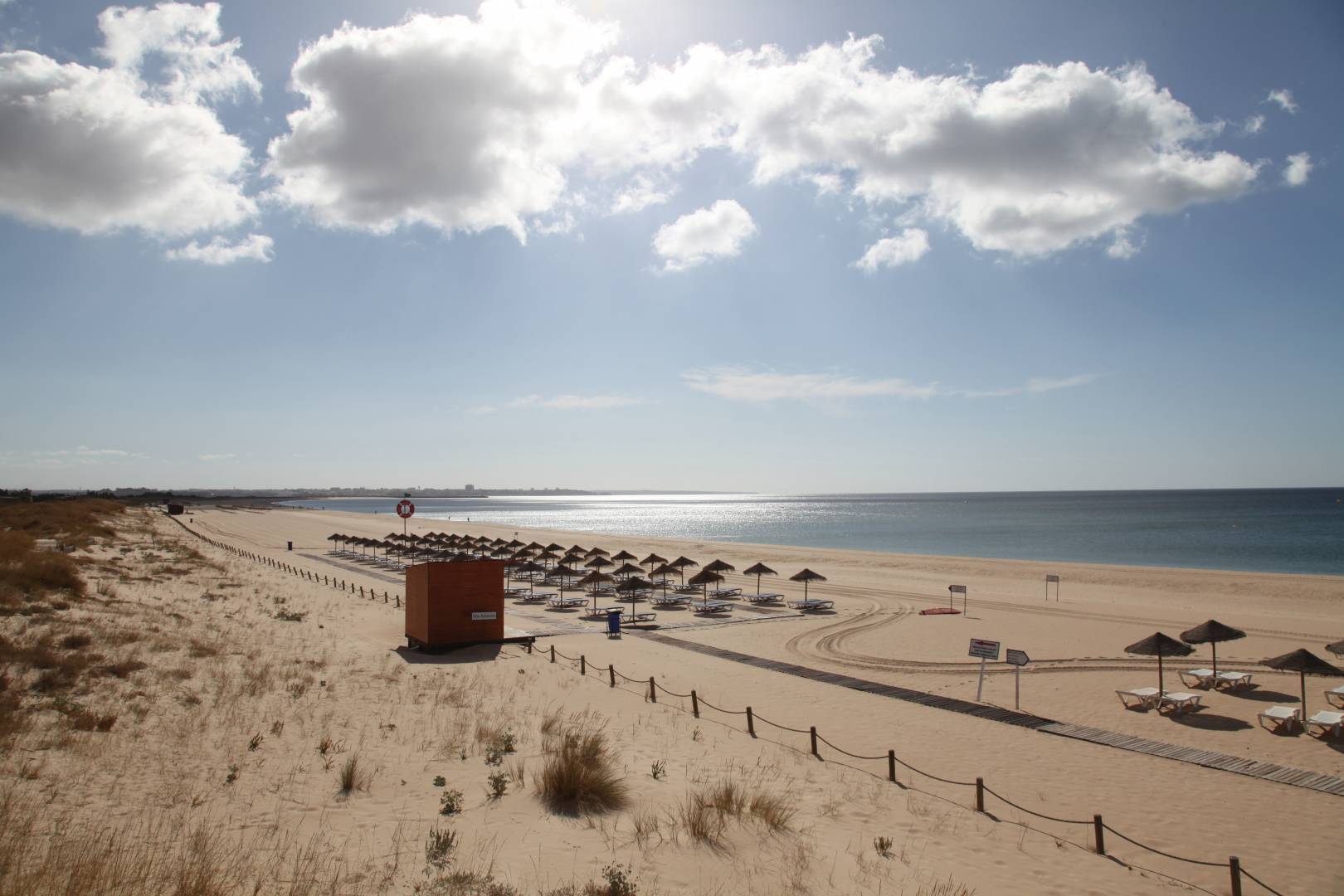
In the discography of Zeca Afonso, we find a kind of anthropological study of the Portuguese people, from Minho to the Algarve. It was there, more precisely in Lagos, that the musician found inspiration for one of his most famous songs. "Índios de Meia-Praia" tells the story of dozens of fishermen from Monte Gordo who, in the 50s, settled in Meia Praia where, after April 25, they built a neighbourhood with their own hands. "Eram mulheres e crianças / Cada um c'o seu tijolo".
Ó Elvas, Ó Elvas, Badajoz à Vista
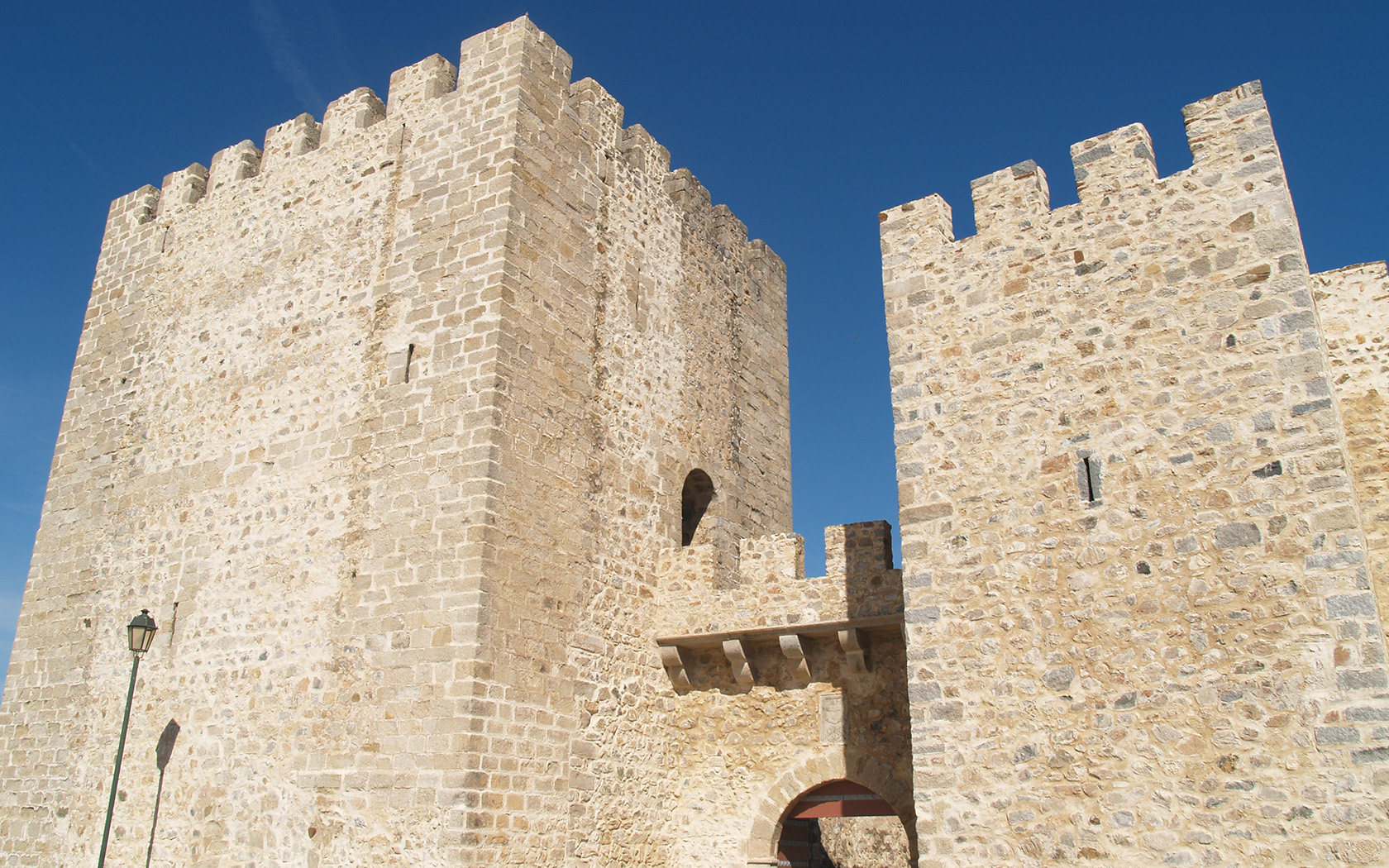
Traditional from Baixo Alentejo, sung in chorus and without musical instruments, the Cante Alentejano is, since 2014, part of the Intangible Cultural Heritage of Humanity by UNESCO. But, in addition to Cante, several other musicians translated their Alentejo sentiment into songs. "A Minha Cidade (Ó Elvas, Ó Elvas)" was perhaps the greatest success of Paco Bandeira's career. Vitorino sang as few the life and the way of being from the Alentejo region. António Zambujo says as well "Trago Alentejo na Voz".
Marco de Carmen Miranda

"Entre Douro e Tâmega, onde começa o Marão”, as they say over there, Marco de Canaveses is a land of many charms. Still, it seems, at least, unlikely that international artists such as Caetano Veloso and David Byrne recorded a song entitled "Dreamworld / Marco de Canaveses." The explanation is simple: it was there that Carmen Miranda was born, a Brazilian singer and actress who became a Hollywood star between the 30s and 50s of the last century.
Recommended
